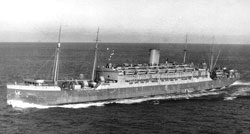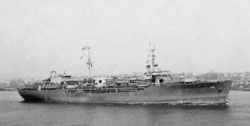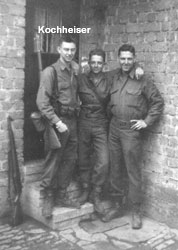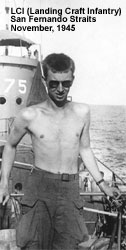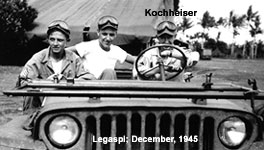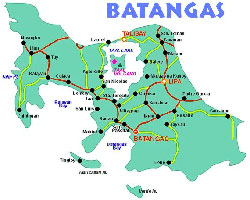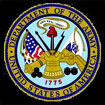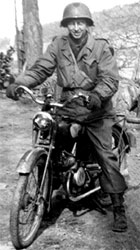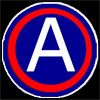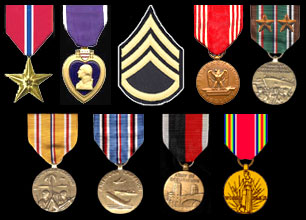| North
High School Wall of Honor George William Kochheiser, Jr. Class of June, 1943 |
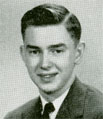 |
||||||||||||||||||||||||||||||||||||||||||||||||||||||||||||||||||||||||||||||||||||||||||||||||||||||||||||||||||||||||||||||||||||||||
| Research done by Claradell Shedd, Class of 1953. | |||||||||||||||||||||||||||||||||||||||||||||||||||||||||||||||||||||||||||||||||||||||||||||||||||||||||||||||||||||||||||||||||||||||||
| George William Kochheiser, Jr. | |||||||||||||||||||||||||||||||||||||||||||||||||||||||||||||||||||||||||||||||||||||||||||||||||||||||||||||||||||||||||||||||||||||||||
| George was a member of North High's class of June, 1943. His next of kin was G.W. Kochheiser who lived at 3215 First Street, Des Moines, IA. George's service number is 17170384. | |||||||||||||||||||||||||||||||||||||||||||||||||||||||||||||||||||||||||||||||||||||||||||||||||||||||||||||||||||||||||||||||||||||||||
|
|||||||||||||||||||||||||||||||||||||||||||||||||||||||||||||||||||||||||||||||||||||||||||||||||||||||||||||||||||||||||||||||||||||||||
| *Camp
Callan was a United States Army anti-aircraft artillery replacement
training center that was operational during World War II. It was located
in La Jolla, California, but was closed after WWII ended. Few traces
of the former base can be seen today. Camp Callan was located near U.S. Highway 101 about 15 miles (24 km) north of downtown San Diego in the La Jolla area. It occupied a roughly rectangular piece of land approximately 3 miles (4.8 km) north-to-south and 0.5 miles (0.80 km) east-to-west. This land is on the Torrey Pines Mesa and is near the Pacific Ocean. The northern portion of the former base is today the Torrey Pines Golf Course and the Torrey Pines State Reserve. The southeastern portion of the former base is now part of the University of California, San Diego campus. The rest of the southern portion of the former base includes private land (both residential and commercial), the Scripps Green Hospital and research institutes such as the Salk Institute for Biological Studies. This portion of the former base is in the vicinity of present-day Genesee Avenue and North Torrey Pines Road. **USAT Edmund B. Alexander (U.S. Army Transport) Originally America (German Passenger Liner, 1905) Served as USS America (ID#3006) in 1917-1919 and USAT America in 1919-1921. In late 1940, as part of the National defense expansion undertaken in response to the Second World War, the thirty-five year old passenger liner America (formerly USS America (ID 3006) and USAT America) was reactivated for U.S. Army service. Renamed Edmund B. Alexander, she initially served as a barracks ship at St. John's, Newfoundland. After mid-1941 the ship was used as a transport in the Gulf of Mexico area and in May 1942 entered a Baltimore, Maryland, shipyard to begin a major modernization. This work, completed in April 1943, gave her new, oil-fired boilers, greater speed, and a much-changed appearance. Edmund B. Alexander spent the rest of the World War II era making transport runs between the United States, North Africa and Europe. She continued her work with the Army into the post-war era, primarily carrying military dependents. Placed in reserve in May 1949, USAT Edmund B. Alexander was sold for scrapping in January 1957. ***Camp Lucky Strike was situated in the town of Saint-Sylvian, 5 kilometers from Saint-Valery-en Caux. Its location was not selected by chance, but rather because the occupying German troops had constructed an airfield there in 1940 with a landing strip 1800 meters long and 50 meters wide. This airfield was one of the defensive elements of the Atlantic Wall: surveillance and coastal defenses were also a perfect starting point for attacks on southwest England. V-1 rocket launching ramps were installed at the beginning of 1944 in the woods surrounding the airfield. It was heavily bombed by the British throughout the war, but especially during the fighting which followed the June 1944 landings. In September 1944 American Engineer Corps troops took control of the area, repairing the landing strips and constructing the camp. The camp became the most important military camp in Europe. It extended over 600 hectares (1 hectare = approximately 2 ½ acres). It was a mandatory port of entry for practically every American soldier, and 1½ million spent from a couple days up to 18 months there. It was the principal camp used for repatriated soldiers and liberated POWs, but also as a reception station for soldiers on leave. It was also a staging area for the Pacific Theater and — until August 10, 1945 — for the invasion of Japan. There were 100,000 men in the camp each day — 100,000 men to lodge, feed, train, and entertain. (Regarding repatriation, there were 6,000 daily departures by plane or boat from Le Havre, the only port liberated on the western coast that could accommodate large ships.) ****Camp Gruber was an Army training camp between 1944 and 1949. In 1942 and 1944, the United States of America acquired 65,650 acres of land in Muskogee County and Cherokee County, Oklahoma. The U.S. Army used the property as a military reservation known as Camp Gruber. Camp Gruber was named after Brigadier General Edmund L. Gruber, the composer of "The Caisson Song." Construction of Camp Gruber began in February 1942 and was completed in May 1942. At that time, Camp Gruber consisted of approximately 2,250 buildings including a 1600-bed hospital, 479 barracks, 12 chapels, 4 theaters, and various other buildings. Colonel H.C. Luck was the first post commander. The 88th Infantry Division was reactivated at Camp Gruber in July 1942. In 1943, the 42d Infantry Division was reactivated here. In July 1945, the 86th Infantry Division was relocated to Camp Gruber to retrain for war in the Pacific theater. Camp Gruber was also used as a prisoner-of-war camp until May 1946. Camp Gruber was closed at the end of WWII. |
|||||||||||||||||||||||||||||||||||||||||||||||||||||||||||||||||||||||||||||||||||||||||||||||||||||||||||||||||||||||||||||||||||||||||
|
|||||||||||||||||||||||||||||||||||||||||||||||||||||||||||||||||||||||||||||||||||||||||||||||||||||||||||||||||||||||||||||||||||||||||
|
|||||||||||||||||||||||||||||||||||||||||||||||||||||||||||||||||||||||||||||||||||||||||||||||||||||||||||||||||||||||||||||||||||||||||
|
|||||||||||||||||||||||||||||||||||||||||||||||||||||||||||||||||||||||||||||||||||||||||||||||||||||||||||||||||||||||||||||||||||||||||
|
|||||||||||||||||||||||||||||||||||||||||||||||||||||||||||||||||||||||||||||||||||||||||||||||||||||||||||||||||||||||||||||||||||||||||
|
|||||||||||||||||||||||||||||||||||||||||||||||||||||||||||||||||||||||||||||||||||||||||||||||||||||||||||||||||||||||||||||||||||||||||
|
|||||||||||||||||||||||||||||||||||||||||||||||||||||||||||||||||||||||||||||||||||||||||||||||||||||||||||||||||||||||||||||||||||||||||
| 07/06/10. Living in OH. Died 06/17/15. | |||||||||||||||||||||||||||||||||||||||||||||||||||||||||||||||||||||||||||||||||||||||||||||||||||||||||||||||||||||||||||||||||||||||||
| Music: "Wind Beneath My Wings" | |||||||||||||||||||||||||||||||||||||||||||||||||||||||||||||||||||||||||||||||||||||||||||||||||||||||||||||||||||||||||||||||||||||||||
| Home
|
Back/allyears |
WWI |
WWII |
Korea |
Vietnam |
Afghanistan/Iraq |
Lyrics
|
Refs/Awards |
Contact ©2025-csheddgraphics All rights reserved. All images and content are © copyright of their respective copyright owners. |
|||||||||||||||||||||||||||||||||||||||||||||||||||||||||||||||||||||||||||||||||||||||||||||||||||||||||||||||||||||||||||||||||||||||||
